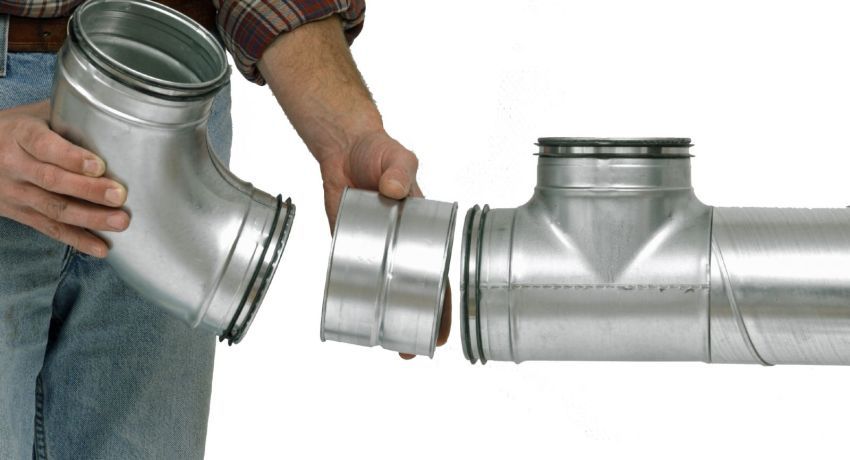Porcelain stoneware is a type of ceramic tile that is increasingly used in residential interiors. Due to its unique properties, it can be used outdoors, for example, as a floor finish on a balcony or terrace.
All types of porcelain stoneware are distinguished by their aesthetics. Drawings that are applied to the surface of products can imitate other finishing materials. For example, there are types of porcelain stoneware tiles imitating wood, concrete or stone. What exactly is this material, what are its properties and applications, what types of floor porcelain stoneware exist.
What is porcelain stoneware?
Word «porcelain stoneware» used to refer to ceramic tiles that imitate natural stone. It is a mixture of clay, quartz sand, kaolin, chamotte and feldspar. The mass prepared in this way is properly shaped, pressed (under pressure up to 800 kg / cm2) and fired at a temperature of about 1300 ℃. During the production process, the building material acquires characteristic properties and can be used both inside and outside buildings..
Types of porcelain stoneware and its features
The exact properties of a building material depend on the proportions in which the individual components are added during its production. It is highly resistant to damage (e.g. scratches). It is an extremely hard material (on the Mohs scale of hardness it is marked with values of 8–9, for comparison, the diamond has an index of 10). Porcelain stoneware is characterized by frost resistance and low water absorption (usually the water absorption of the material is within 0.5%, for comparison, terracotta has a water absorption of about 3%). It does not form harmful microorganisms and is easy to clean. When choosing a tile, you should focus on the parameter of the degree of abrasion of the product. For residential premises, abrasion class 4 is sufficient. Higher classes are recommended for premises with a high degree of traffic, including utility rooms.
The tiles used for the floor are available in a large selection of colors as well as patterns. Its characteristic feature is the ability to give any shape, texture. Popular are floor tiles that imitate wood, as well as granite or other natural stones. It is often used for a terrace or balcony. Thanks to the building material, you can enjoy the look of wood without the disadvantages of this material when used outdoors..
Indoors, the product is actively used in damp rooms, especially in bathrooms, as well as in rooms where the flooring is exposed to high intensity, for example, in hallways or corridors..
Porcelain stoneware: types and characteristics
In building stores, there are different types of porcelain stoneware for outdoor use. The most popular is technical porcelain stoneware. The most durable of all types. It is resistant to scratches and abrasion, its surface is non-slip (this applies to models with a rough surface, and smooth building material can be slippery when wet). Technical porcelain stoneware tiles can also be used in places where they will be exposed to high loads, such as driveways, garages, basements, utility rooms, warehouses and production halls.
Among all types, this type of porcelain stoneware is laid in Russia most often. It is resistant to temperature extremes and resistant to damage such as scratches or abrasion.
Types of porcelain stoneware by type of surface: Polished and glazed tiles
A protective layer (glaze) is applied to the tiles. It protects the surface from damage and discoloration from sunlight. The use of glaze gives the tiles a delicate shine (glazed building material is also available in matt or semi-matt versions). Structural glazed products are also an interesting solution..
In turn, polished materials are distinguished by a mirror shine, however, over time they turn into matte, they can be painted with pigment dyes, and are vulnerable to dirt. For protection, it is varnished. This type of porcelain stoneware is less resistant to damage, but it is also often chosen for its aesthetic appearance. It is most often used in interiors such as living rooms..

